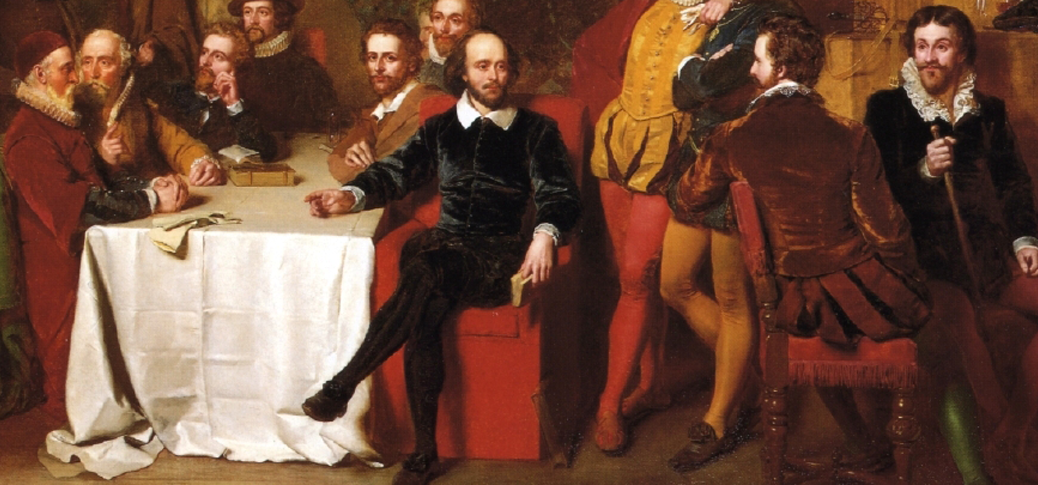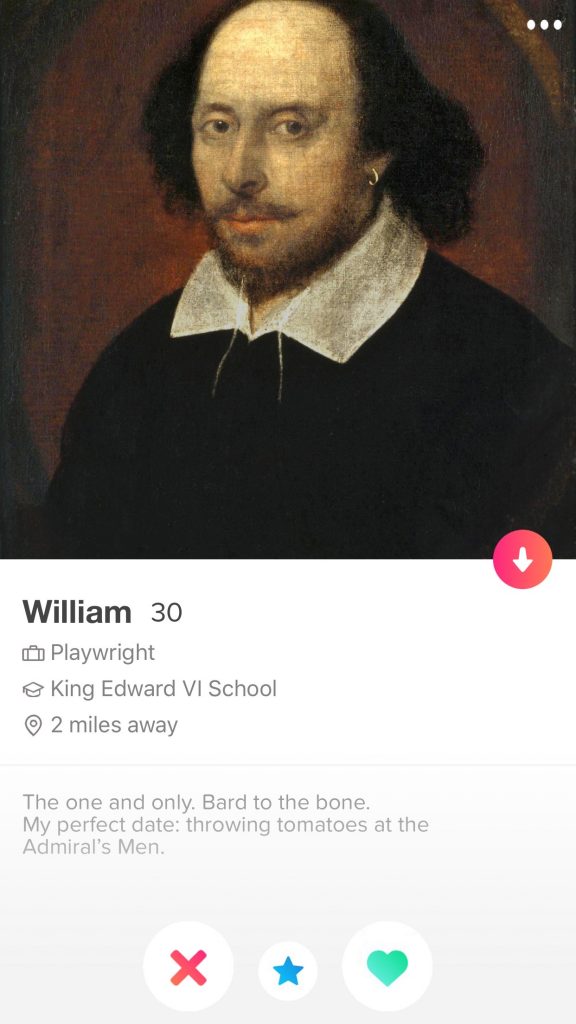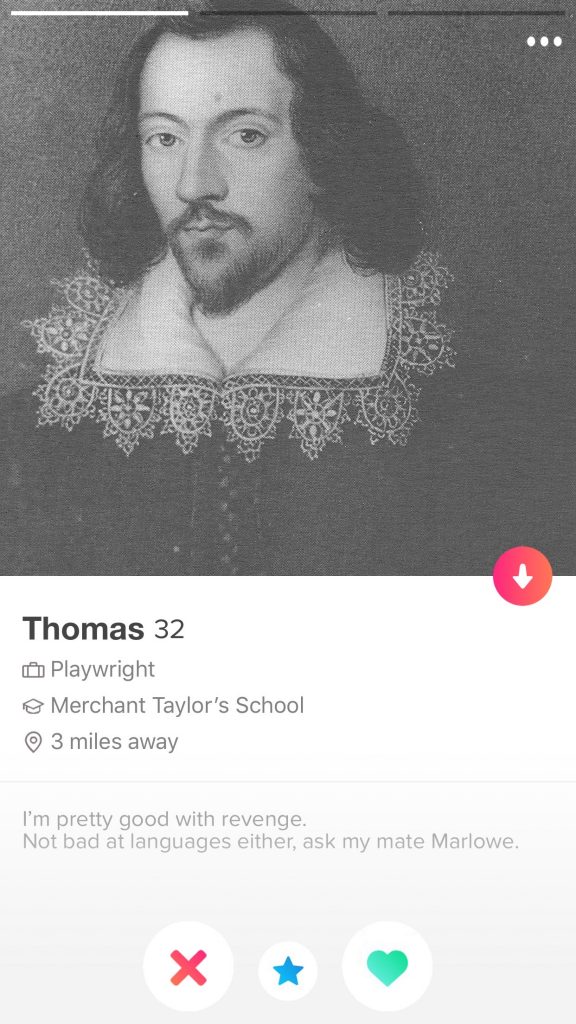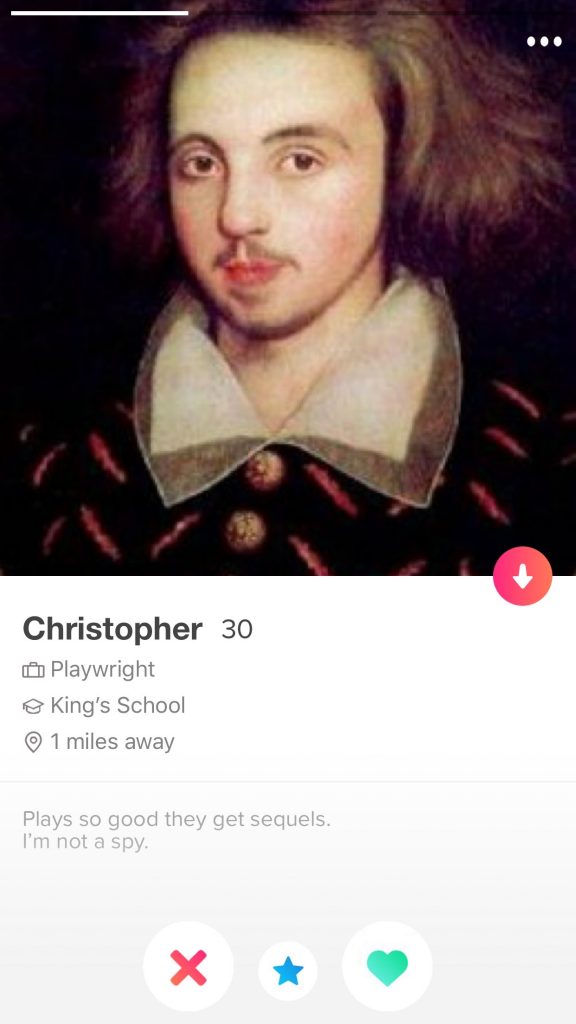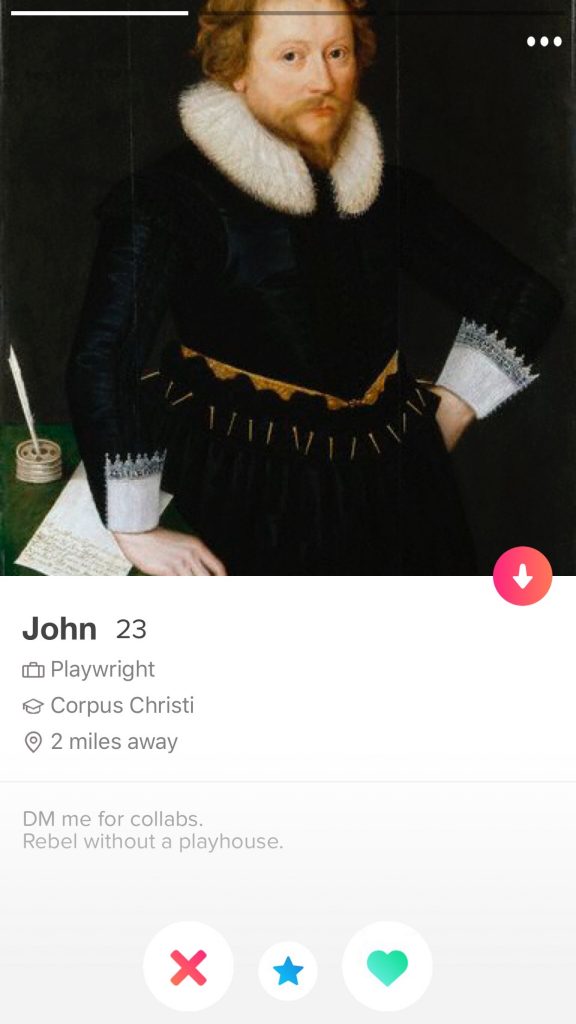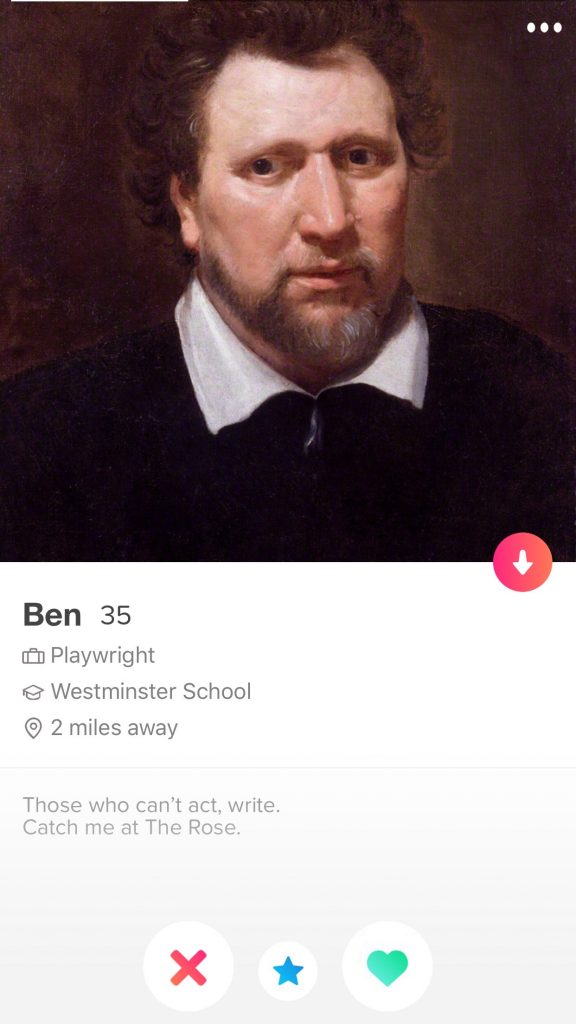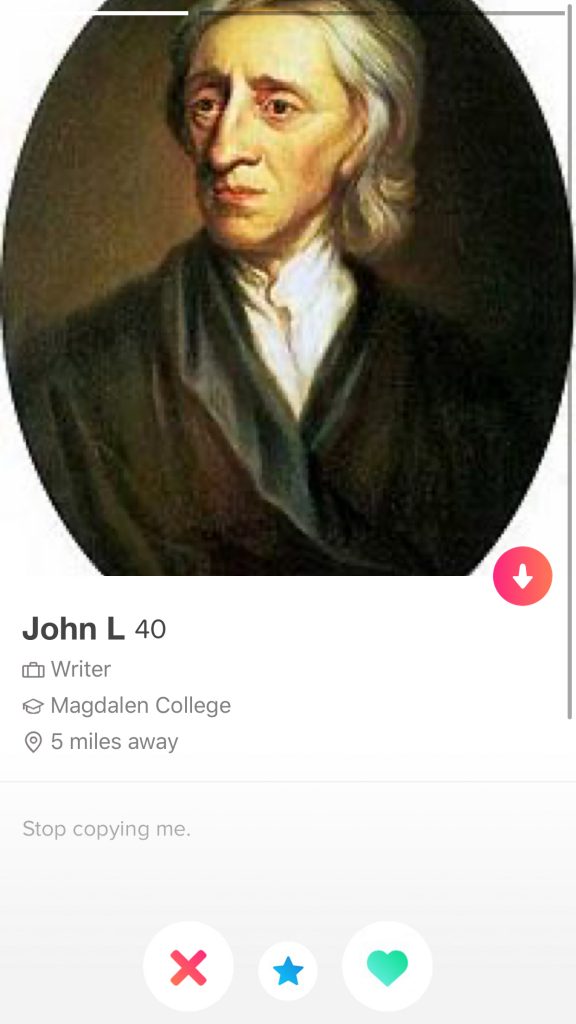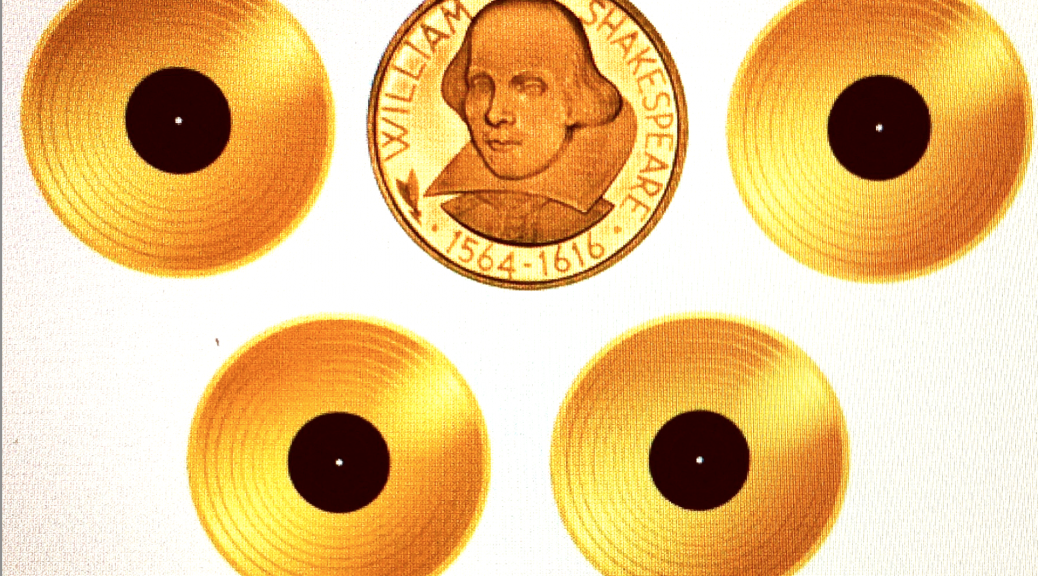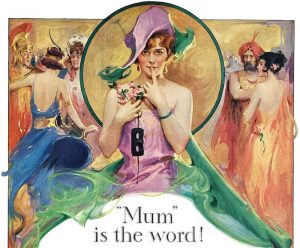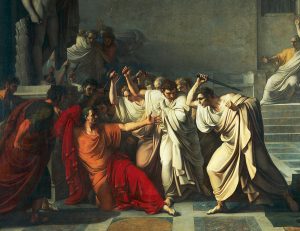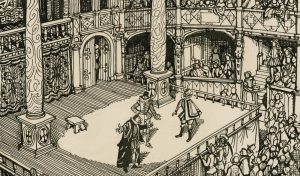Olivia, Sarah, Ally and Guy
From Hermia to Heath Ledger: Intertextuality in Shakespeare’s works
Paragraph 1 – Intro
It’s no secret that Hollywood loves the Bard. Intertextual links and adaptation of the beloved Shakespeare’s plays have been fan favourites over the past few decades – She’s The Man (which takes influence from Twelfth Night), The Lion King (Hamlet) and finally who can forget the cult classic 10 Things I Hate About You (a 1999 re-imagining of Shakepeare’s The Taming of the Shrew).
However, this idea of intertextuality and influence in drama is not a new concept, as Janet Clare rigorously explores in her book Stage Traffic. Clare discusses the idea of a “Shake-scene” (1), placing the playwright within a network of his contemporaries, linking “verbal echoes” not only to “localised connections or specific borrowings” (19), but textual interweaving connections. Clare categorises Shakespeare’s various modes of intertextuality in three veins; rivalry, re-shaping “malleable material” (19) and multiple interactivity. From this list, it is clear that William Shakespeare was a master of intertextuality, crafting a world in which his characters never truly end with the shutting of their playscript. There is somewhat of a dialogue between plays, and a creative use of intertextuality highlights this authorial method.
In this blog post, we will analyse the show business of Shakespeare’s intertextuality. How does the theatrical context add to our understanding of intertextuality? Does performance space matter? Who were Shakespeare’s sources of influence, both inspiration and intertextual-wise?
Paragraph 2 – Set the scene of Shakespere’s competitors/contemporaries/sources/crazes for a particular genre at the time. Maybe summarise Clare’s main examples or extend hers for one of your own example(s).
Shakespeare was not the only writer of his time experimenting with genre raising questions in regards to authenticity. For example, the relationship of John Lyly’s Galatea with Shakespeare’s A Midsummer Night’s Dream is irrefutable. Pastoral elements and a forest setting are key to both narratives, as well as the idea of forbidden love (a woman falling in love with another woman resulting in a hetronormative outcome in Lyly’s play, a love potion resulting in Titania’s infatuation with the donkey-headed Bottom in Shakespare’s play). As Clare argues that Lyly’s comedies are notable for their ‘interweaving and juxtaposing of diverse dramatic material, notably the combination of mythological, supernatural, and courtly elements’. This is evident in A Midsummer Night’s Dream as Shakespeare incorporates stories and themes from Greek mythology, whilst employing supernatural elements to a plot centred around love and marriage.
The two contemporaries are both responsible for their intertwining of ‘four narrative lines’ and a shift from ‘local’ to ‘mythological’. The writers’ emphasis on external space reinforces the anxieties of their audiences towards the supernatural.
Paragraph 3 – What are some shared themes? Does the performance space matter?
Do other writers tend to specialise in one genre, or do they seem to be generalists like Shakespeare?
While Shakespeare did seem to frequently borrow themes, ideas and even plot points from his contemporaries it could be suggested that all the writers of the time were borrowing from the current events playing out around them. Similarities abound between Marlowe’s The Jew of Malta and Shakespeare’s The Merchant of Venice written roughly 10 years later. But both come out of what Clare describes as ‘a climate of anti-semitism’ partially stoked by the alleged treason of a royal Jewish physician supposedly ‘having assented to take the Queen’s life by poisoning, upon a reward promised to him of 50,000 crowns’. The physician was charged and executed on little tangible evidence. This created an audience in London for plays that vilified Jews and consequently Marlowe and Shakespeare both supplied them.
Paragraph 4 – Conclusion
Intertextuality was bred through the educational institutions in place at the time, in which Shakspeare was writing. The humanist idea in place was that a student must first learn from the ‘past masters’ who have preceded them. Some critics have been accused of making almost arbitrary selections when attempting to identify intertextuality, due to the arguable limitless scope of examples of intertextuality amongst texts within the period. However, Janet Clare argues that we do Shakespeare an effective disservice by simply viewing his plays in relation to others written previously. She believes that we must branch out, and remember that he is one part of an enormous network of plays and playwrights. Although he may have been influenced in some ways, she believes that to be of secondary relevance.
Works Cited
Clare, Janet. Shakespeare’s Stage Traffic: Imitation, Borrowing and Competition in Renaissance Theatre. Cambridge UP, 2014

